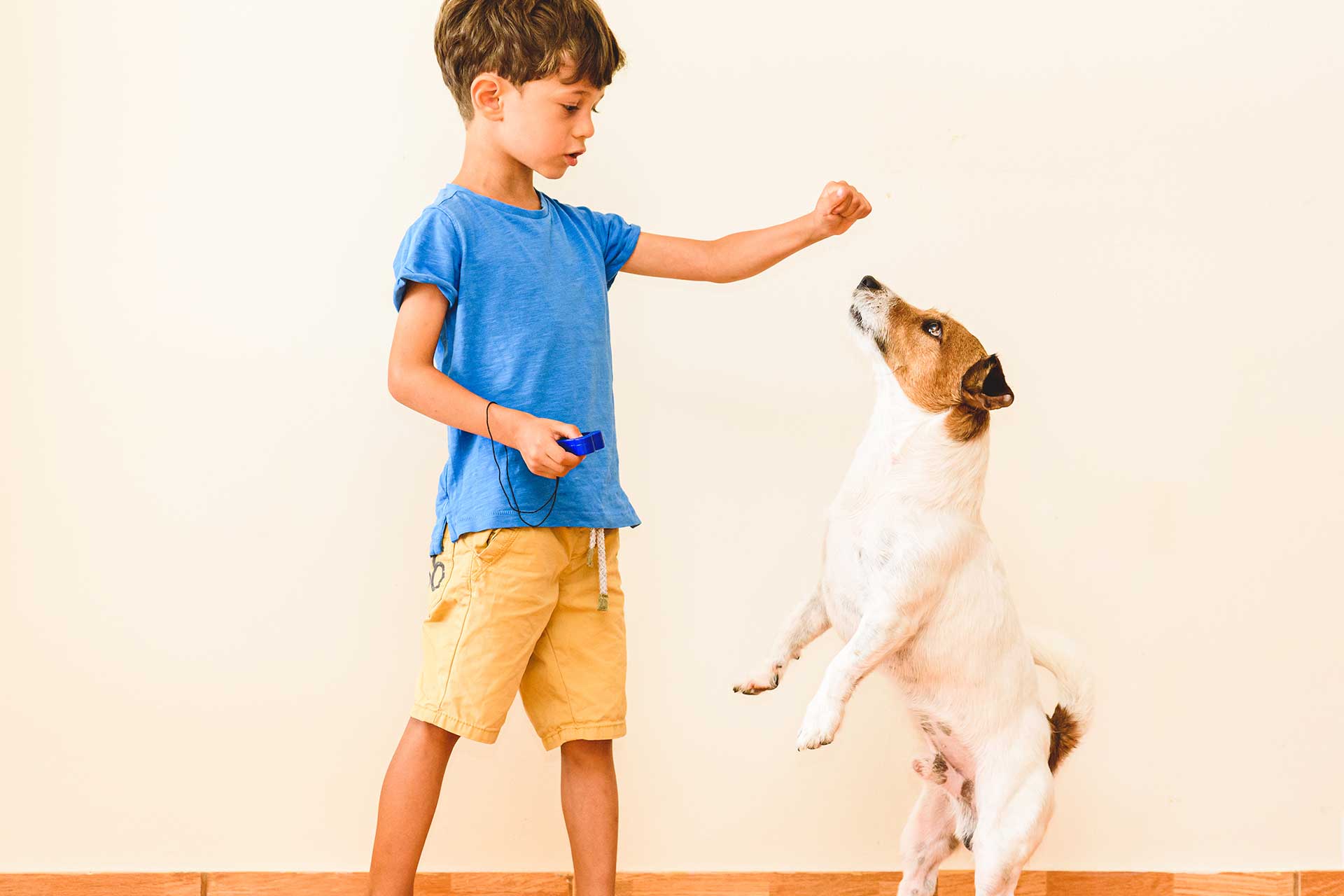How to Make an Emergency Plan for Your Pet and What It Should Include
It is critical to have a plan in place to deal with any form of unexpected circumstance or natural catastrophe that can occur in the area in which you reside. When preparing for an emergency, it’s important to think about whether you’ll need to stay there and wait it out, if you’ll have to evacuate, and whether any members of your family have particular needs that should be taken into consideration.
It is imperative that you include your pet into any and all emergency plans that you devise, so that you do not have to stress about what to do in the event of a catastrophe. Make sure that you give some thought to the following:
Find out where you may go in case you need to flee the area. Having a plan for where you and your pet can go or how to properly transfer them some place they can remain is important since many emergency shelters do not allow pets. For instance, you can:
- Do some research on the boarding places in the area you would go to shelter.
- Make contact with relatives and friends who may be able to provide shelter for you and your pet.
Take down the names and numbers of people who can be reached at organizations like the ACC. They may be able to direct you to a place where you and your pet can remain together or perhaps offer you and your pet with some support.
Make a plan on how to safely transport your animal companions. Make sure you have a sturdy pet carrier for your cats, birds, and other small pets, and get them used to using it well before you need to transport them in it. You can do this by putting them in the carrier on a regular basis and showering them with treats and praise while they are inside the carrier. You can also crate train your dogs to make moving them easier as well.
If you have an aged or arthritic dog that has trouble getting about, you should make sure you have a plan for carrying them, such as a dog-specific backpack, a carrier, or even a small wagon. If your dog is struggling to move around, you should make sure you have a plan to move them safely. Because even the most normally placid pets might get agitated under stressful situations, it is best to choose carriers that are contained and covered.
Appoint an emergency pet guardian. Have an individual acquainted with your pet on hand who is ready to accept them in the event that you get unwell or are otherwise unable to care for them yourself. Make sure that this person has access to your home’s keys as well as any door codes that may be necessary.
Put stickers indicating an emergency on your windows and doors. Stickers should be used to make it clear to first responders that your house has animals in case of an emergency. Include their names on the list of pets that you have.
Take notes and obtain the necessary documentation for your pet. In the event that your pet goes missing, you should ensure you have many printed copies of images of them. You should also save their microchip number in a secure location (your phone is a great place to keep this information) and their vaccination records in case you need to show proof of immunization in order to enter a shelter.



